BACK TO TOP

Innovations for a brighter future

Fifty years of CGIAR innovations show the power of food systems to support livelihoods and end poverty.
Food systems are the world’s largest employer
Yet farmers and other rural workers still make up most of the world’s poorest.
How can our food systems create decent jobs, sustain livelihoods, and end poverty for good?
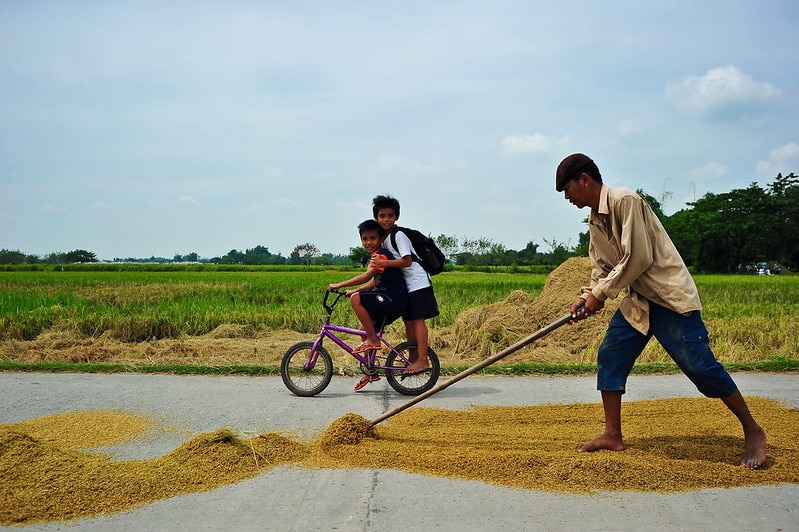
How much of the world is living in poverty?

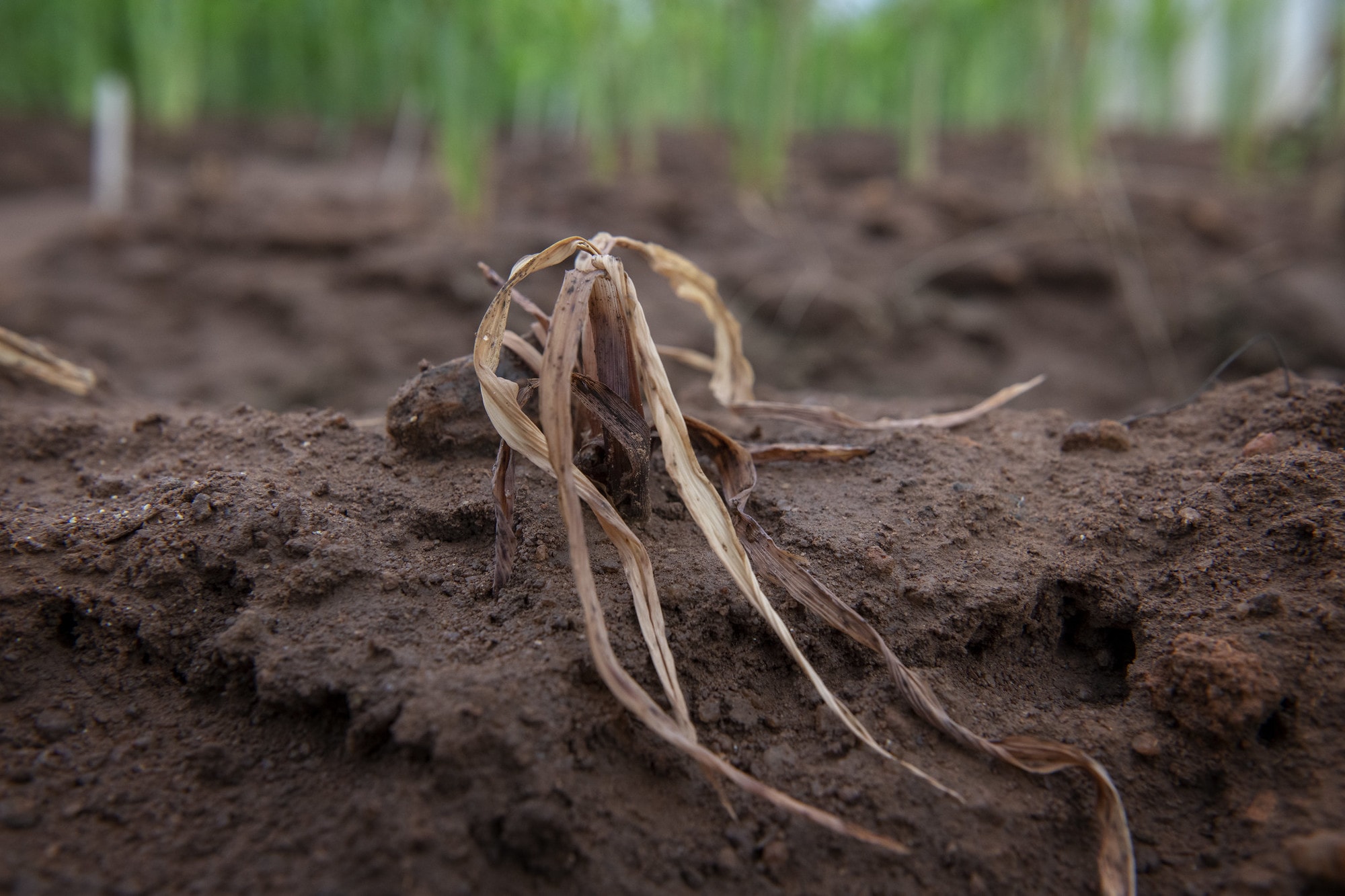
Where do the world’s poorest live?

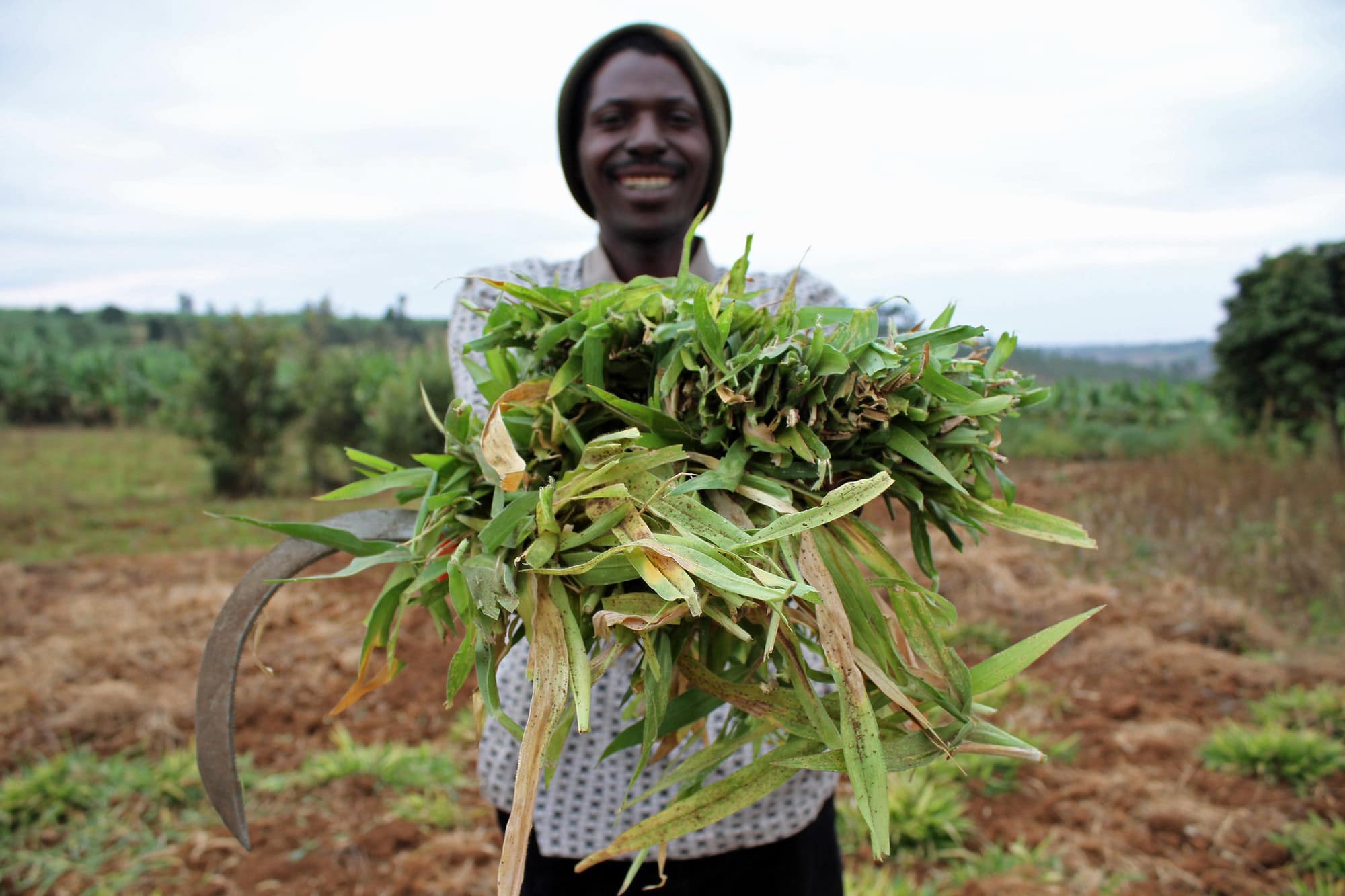
How will COVID-19 affect poverty levels?

As the world begins to build back from crisis, and strives to meet global goals, CGIAR’s world-changing innovations show how transforming food systems can create jobs, support livelihoods, and end poverty for good.
Further reading: Responding to COVID-19: CGIAR’s contribution to global response, recovery and resilience

Our Innovations
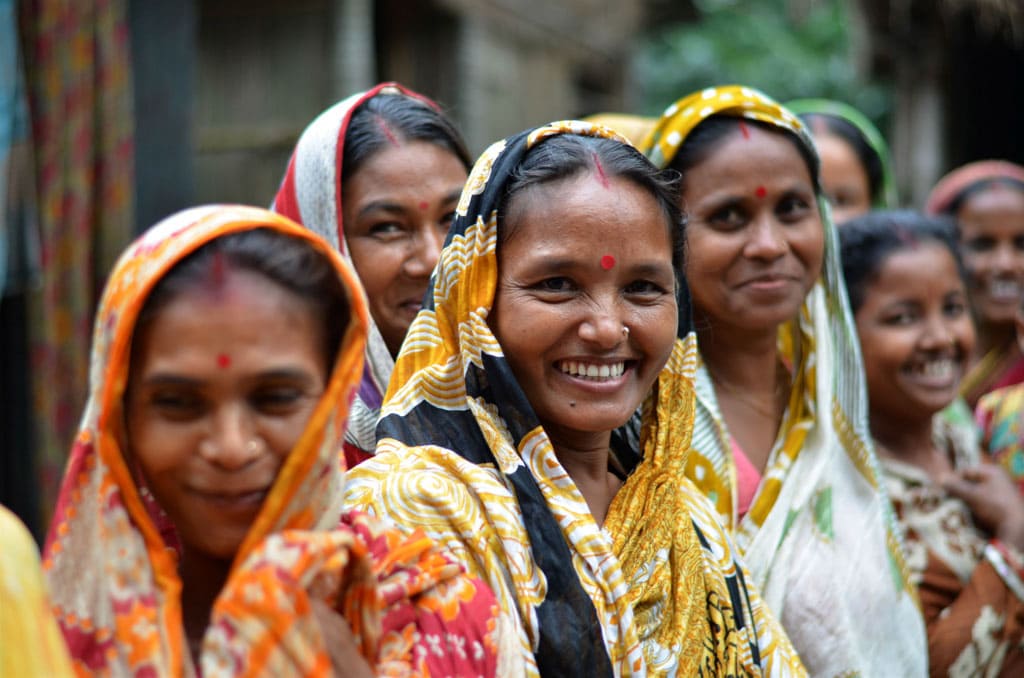
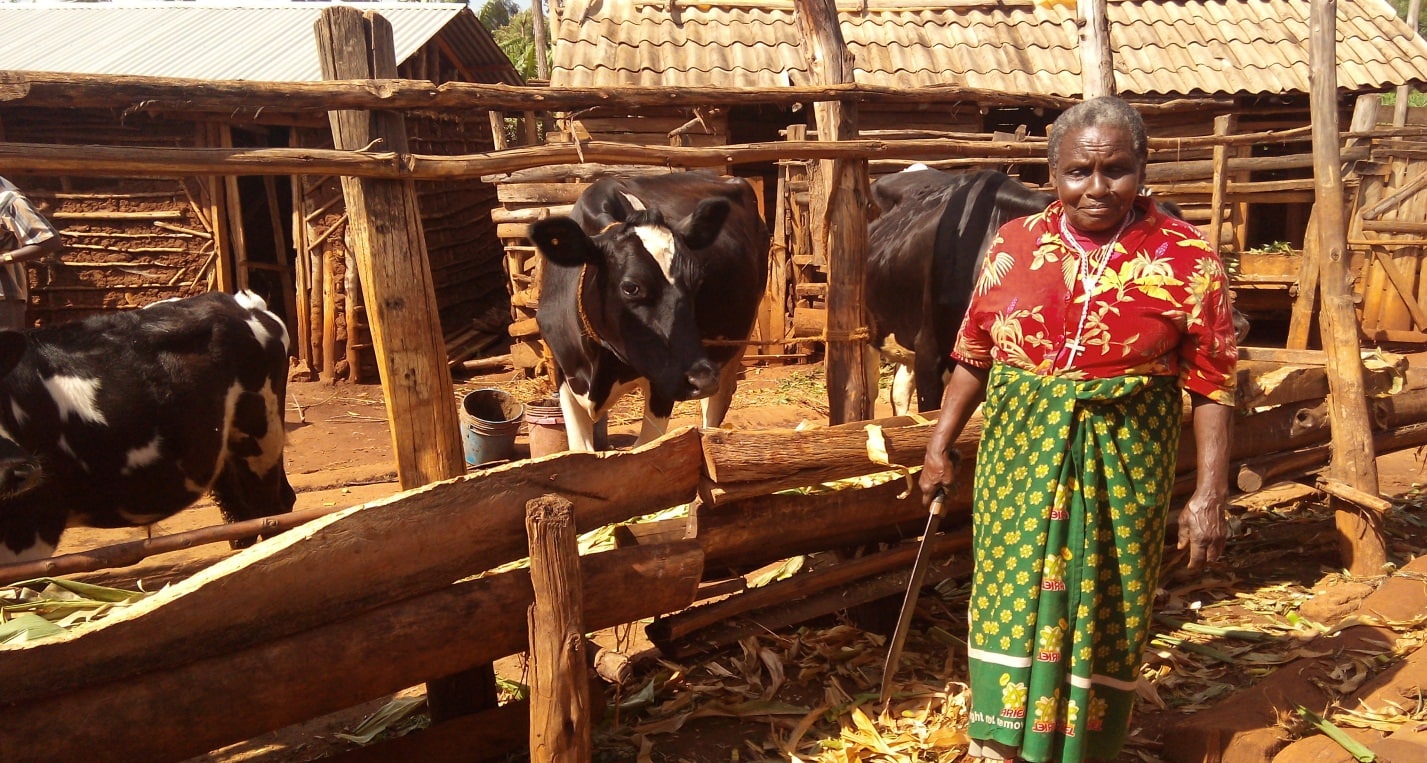
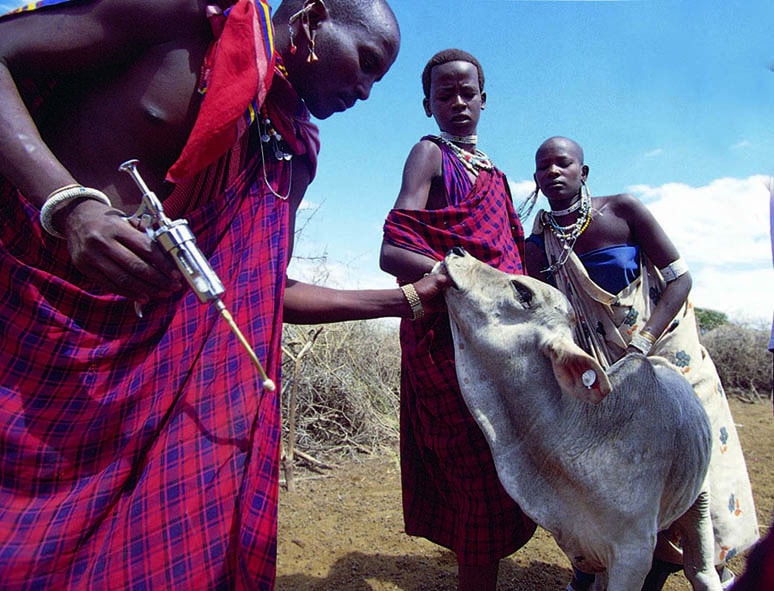
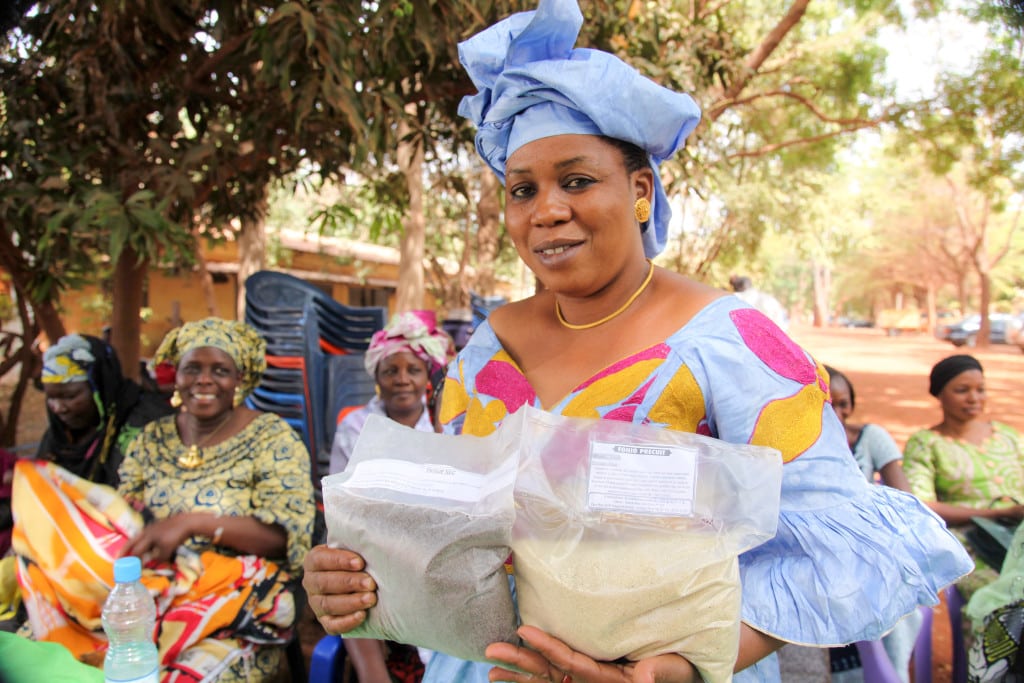
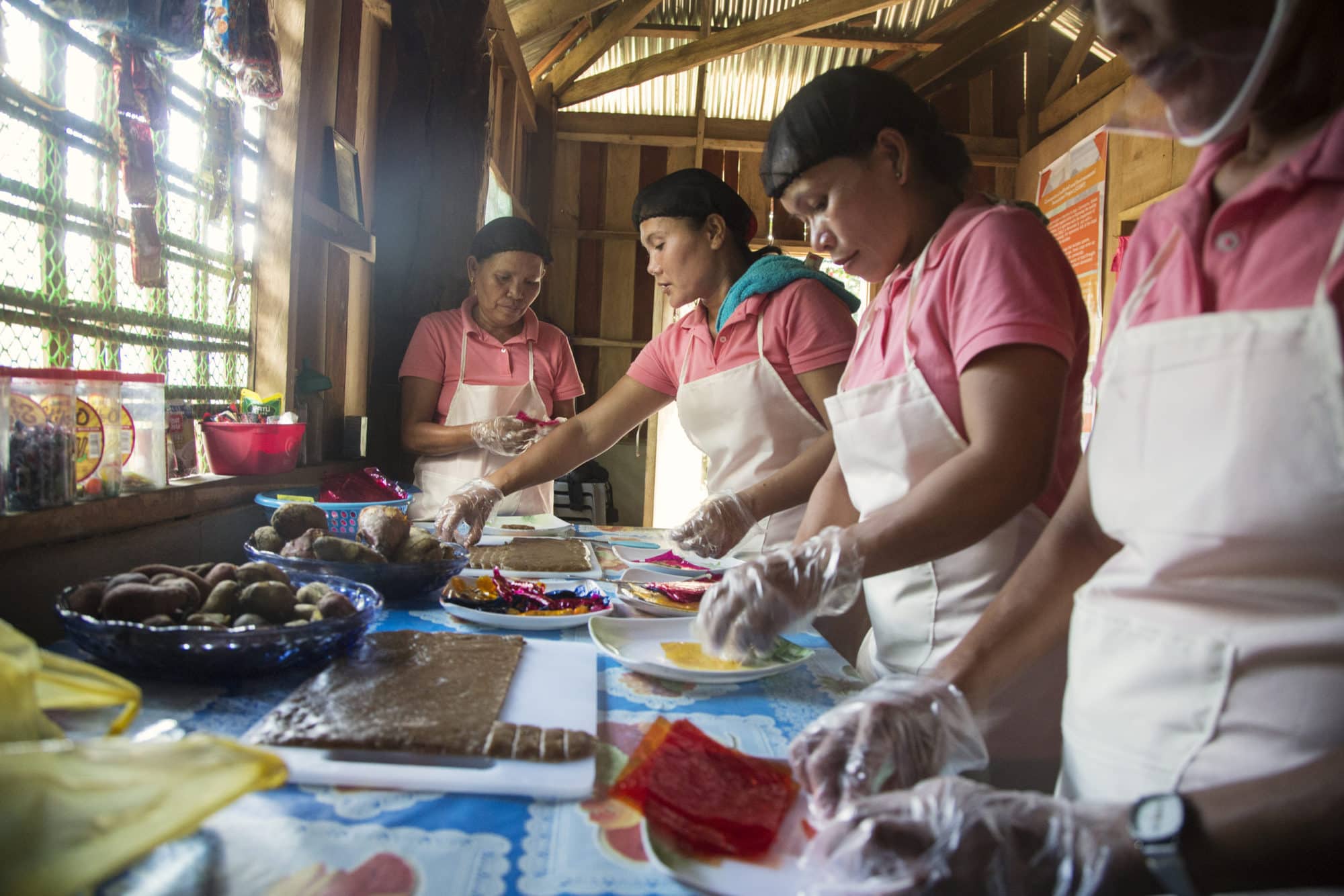
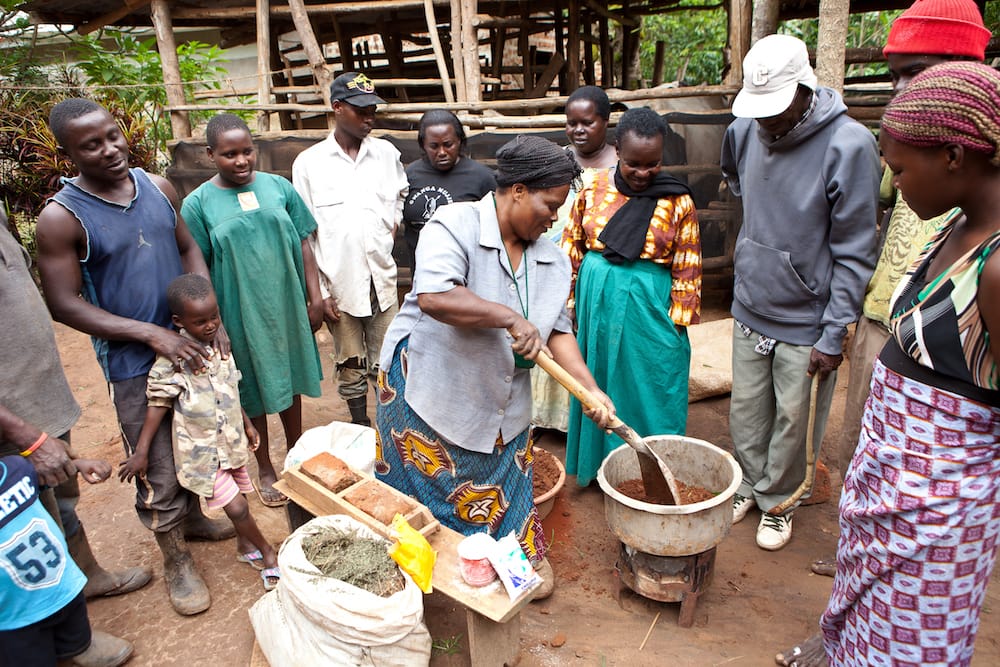
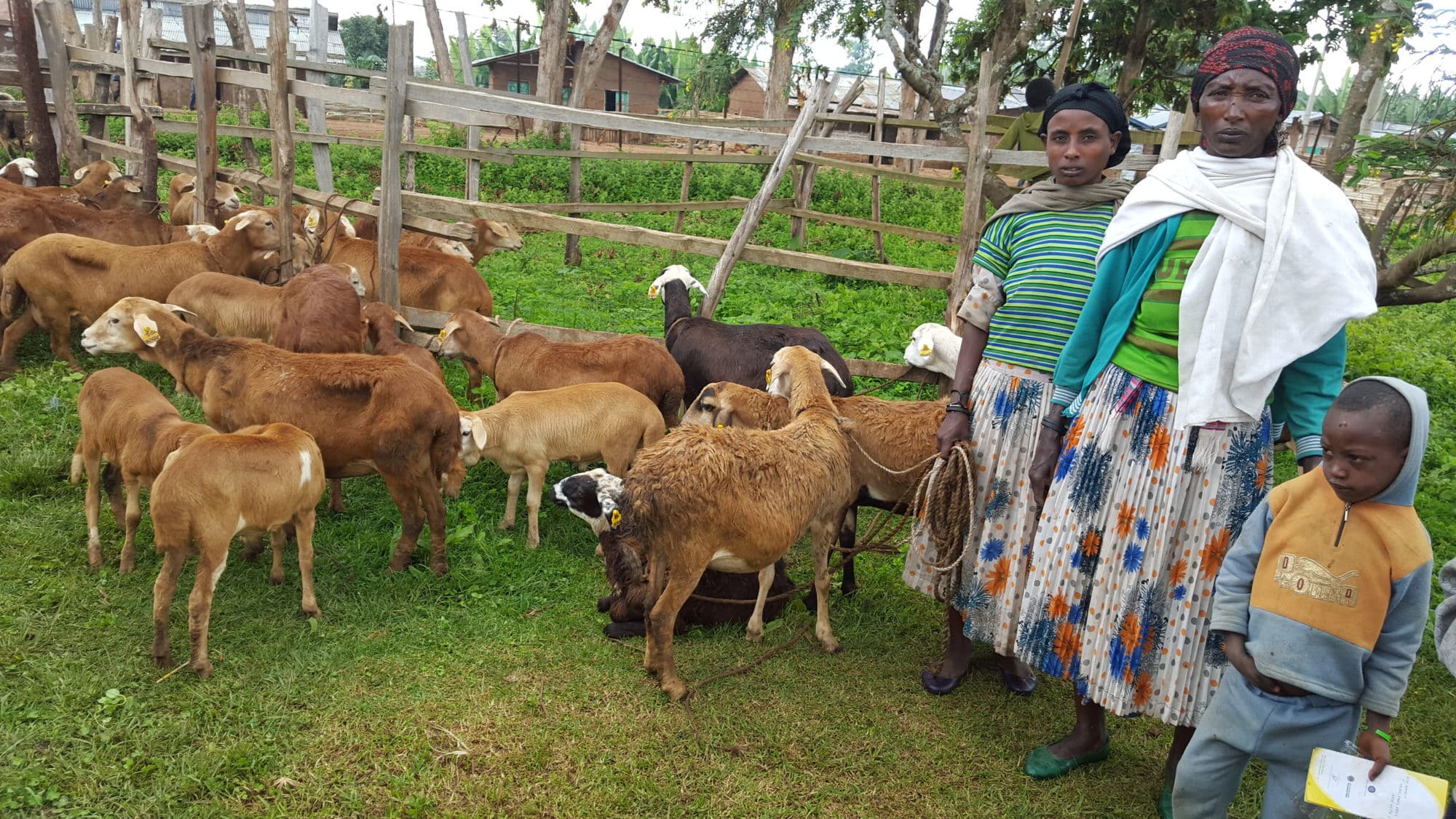
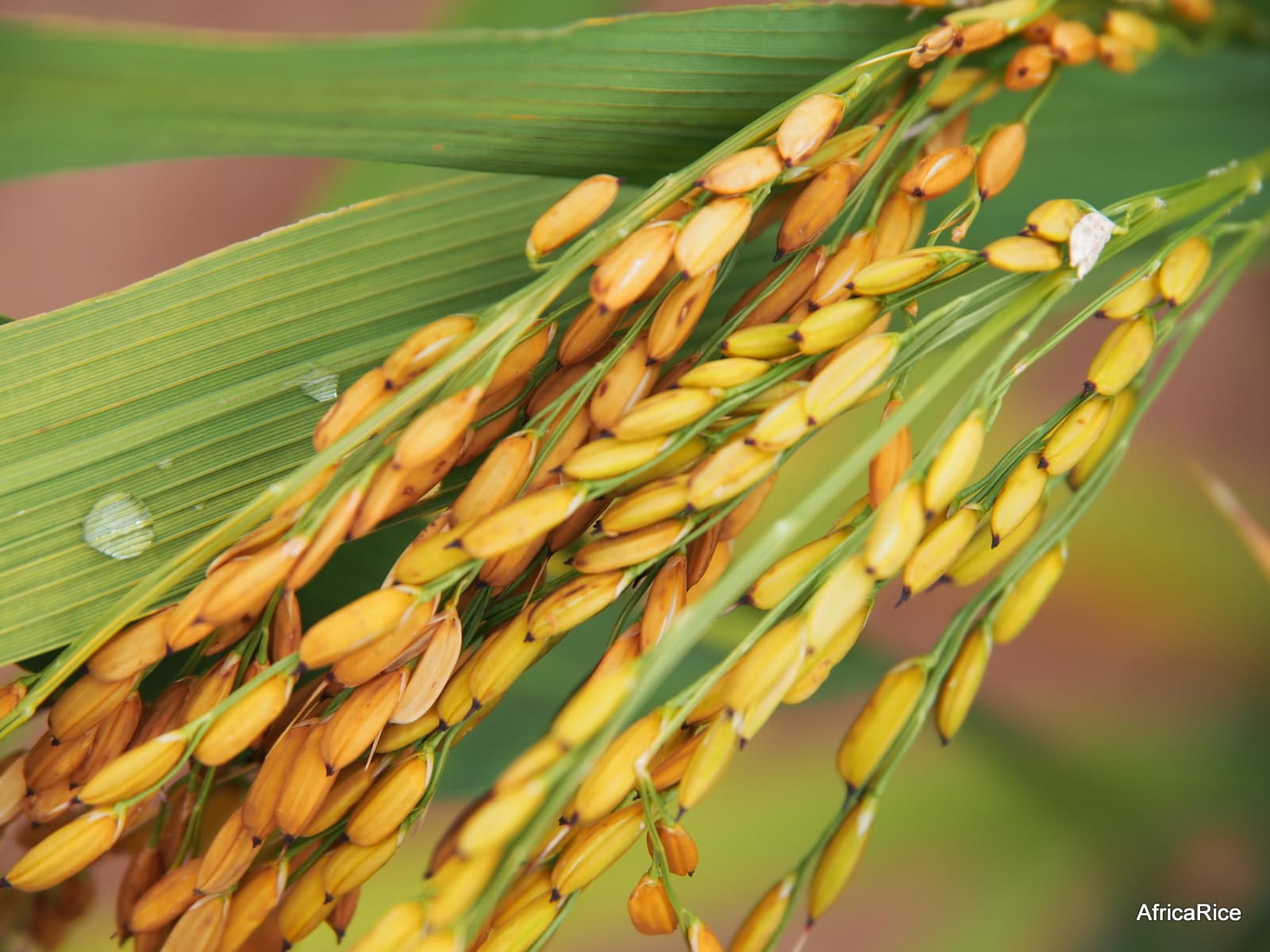
Cash transfers to combat poverty, malnutrition, and domestic violence
Cash transfers to combat poverty, malnutrition, and domestic violence
Poverty has many consequences – it can mean a greater risk of suffering from hunger, malnutrition, social discrimination and exclusion, and violence in the home, among many other adverse consequences.
So how much of a difference can giving people cash make?
Cash transfers are an increasingly common element of social protection programs for the poor. At least a billion people in low- and middle-income countries now receive payments, with the COVID-19 crisis spurring significant expansion worldwide.
Since the 1990s, ground-breaking work by CGIAR researchers at the International Food Policy Research Institute (IFPRI) has demonstrated the tremendous potential of cash transfers to address poverty and many of its consequences. The innovative research approaches have even helped propel a shift in global development toward evidence-based programming.
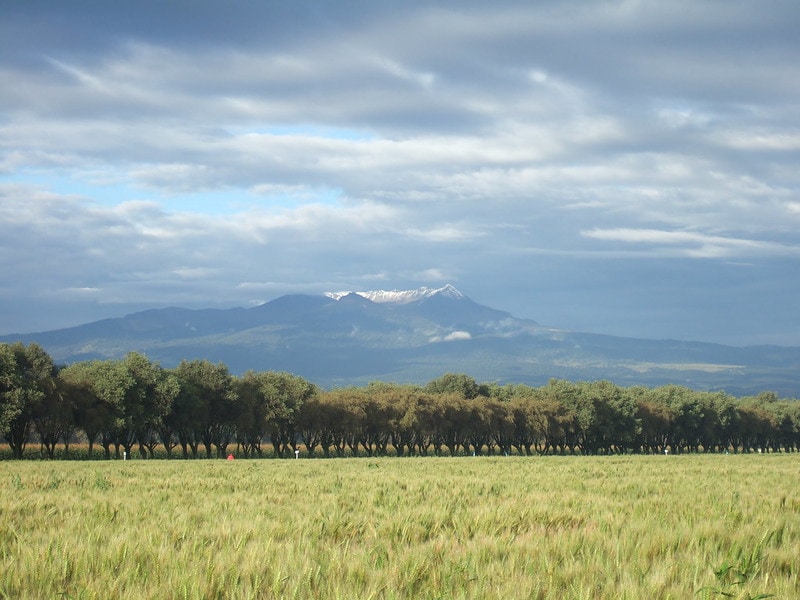
IFPRI’s experimental evaluation of the conditional cash transfer program PROGRESA in Mexico was one of the first rigorous economic impact evaluations of a national anti-poverty program – and the world’s first randomized impact evaluation of a large-scale conditional cash transfer program.
In collaboration with the Government of Mexico and academic partners, IFPRI’s evaluation of the PROGRESA program showed that the program reduced poverty and improved health and education. This research was used to justify the PROSPERA program’s national expansion, which reached one in five Mexican households in 2015.
Following PROGRESA, IFPRI played a major role in informing national social protection policies, evaluating national cash transfer programs in Brazil, El Salvador, Honduras, Nicaragua, and later in Turkey, Ethiopia, Mali, and Egypt.
Moreover, CGIAR research at IFPRI fostered the “evaluation culture” now used globally to determine the effectiveness of social protection programs, and to make the economic case for their creation and continuation.
The research on cash transfers has expanded to produce some surprising results.
Not only have cash transfers been shown to reduce multiple dimensions of poverty, but impacts can be larger, broader, and longer-lasting when cash transfers are combined with other complementary programming. In a randomized controlled trial in Bangladesh, cash transfers were provided either with or without ‘behavior change communication’ (BCC) – specifically, group-based training sessions on nutrition, along with home visits and community meetings.
The combination of cash and nutrition BCC was found to reduce child stunting by 7.3% – more than three times the national average decline over the same period – while cash alone did not.
The combination also led to positive spillovers, improving nutrition knowledge and practices of neighbors that did not participate in the program.
Combining cash with behavior change communication more sustainably reduced poverty.
Cash with BCC reduced intimate partner violence as well, with a 26% reduction shortly after the program ended – and with effects on violence persisting at least four years after the program had ended.
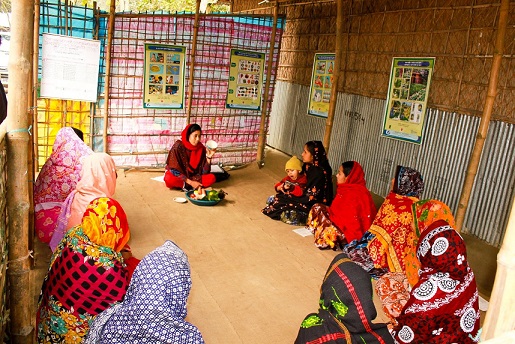
The remarkable findings from Bangladesh have gone on to influence social protection programming within the country’s social protection programs and beyond. Globally, they have informed the “Poverty Strategy” in the World Health Organization’s RESPECT framework, which guides policymaking to prevent violence against women, and have been highlighted by UN Women as an example for implementation in other countries.
Pro-poor dairy policy in East Africa and India
Pro-poor dairy policy in East Africa and India
For a long time, dairy farming families in Kenya struggled to grow their businesses and increase their incomes, as they were viewed by policymakers as part of an illegitimate informal industry.
But with some changes to the policy environment backed by CGIAR research at the International Livestock Research Institute (ILRI), Kenya’s dairy industry is now thriving – creating jobs, sustaining livelihoods, and reducing poverty. The success has since been scaled to other parts of East Africa, and to Assam in northeastern India.
Licensed to milk
Smallholder dairy farmers in Kenya typically make a living milking three or fewer family-owned cows, and selling the unprocessed milk.
The Smallholder Dairy Project – ran in collaboration by ILRI, Kenya’s Ministry of Livestock and Fisheries Development, the Kenya Agricultural Research Institute, and other partners – brought this vast informal industry into the formal market, by facilitating training and licensing for tens of thousands of traders.
$230 million in estimated benefits for Kenya consumers, producers and milk vendors
224% rate of return for a scaled-up version of the initiative introduced in Assam, India
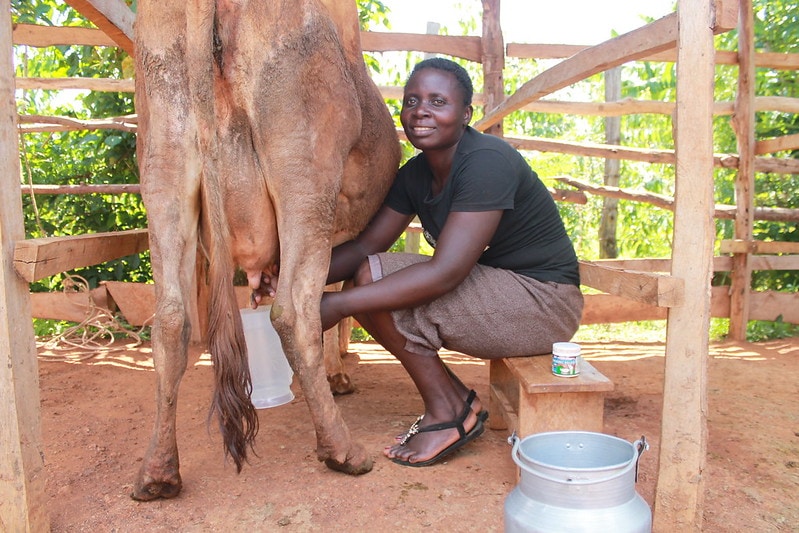
Working together
By banding together, smallholder farmers have greater access to technologies and services that can grow their business.
The East Africa Dairy Development project – introduced by ILRI, Heifer International, and others – enhanced ‘dairy hub’ producer organizations in East Africa used by over 85,000 farmers. The farmer-owned and -managed hubs are based around a milk bulking and chilling center where farmers deliver their daily milk and can link to processors, inputs, and services.
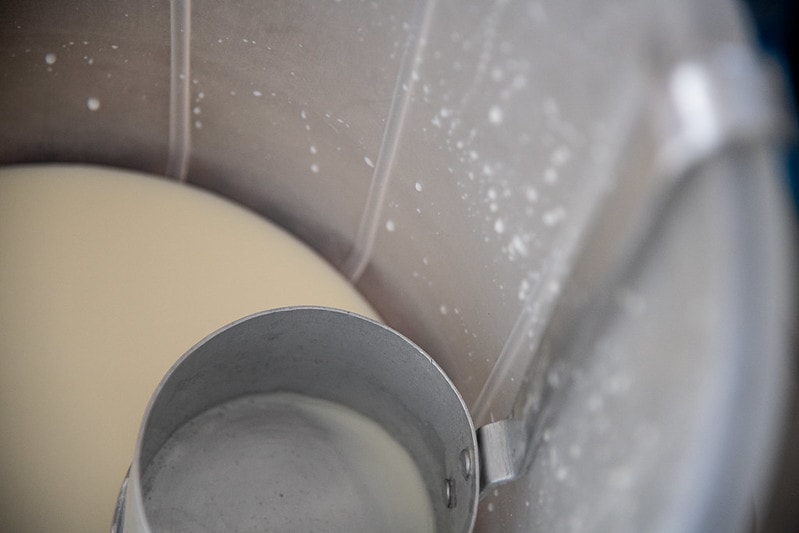
32% more milk per cow per day produced by hub users
45% higher net returns for hub users
$1,000 more in dairy revenue annually than non-hub users
230,000 scaled-up dairy businesses
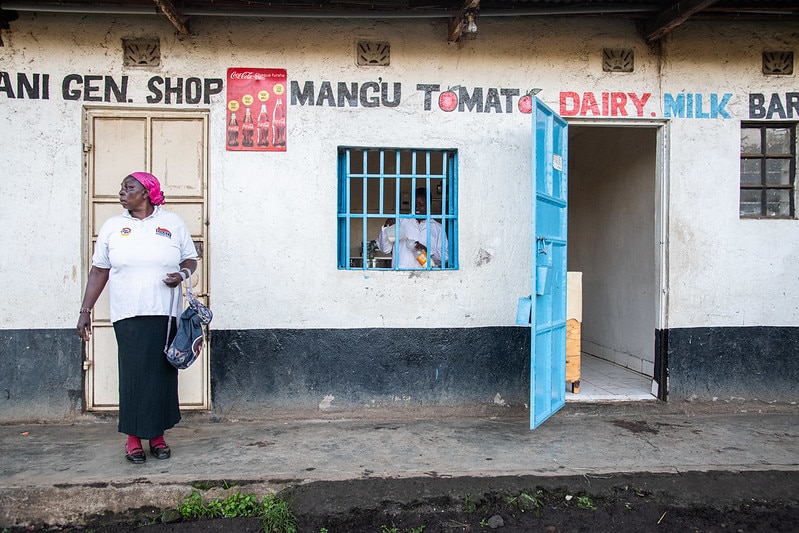
Creating opportunities
Access to improved varieties of fodder have further increased income for dairy farmers.
The ILRI-led Accelerating Value Chain Development project facilitated access to improved varieties of Brachiaria, a nourishing, carbon-capturing fodder grass. Its adoption has significantly increased milk production and created opportunities for new businesses to grow and sell the improved grass.
50,000 farmers in Kenya’s ‘emerging dairy’ regions introduced to improved technologies
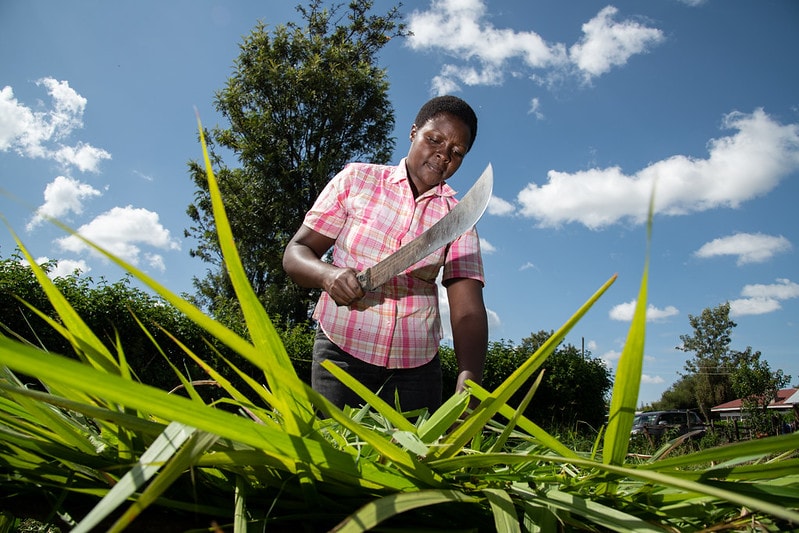
A vaccine against the lethal cattle disease East Coast fever
A vaccine against the lethal cattle disease East Coast fever
Disease can be devastating for livestock, and for the people whose livelihoods depend on them. For many pastoralists and small-scale farmers, the loss of even one cow can be disastrous.
East Coast fever – a cancer-like, tick-transmitted disease first discovered in 1903 in Africa – kills cattle within three weeks of infection through the build-up of excess fluid in their lungs, drowning the animals. Endemic across a dozen African countries, the disease kills one cow every 30 seconds. In 2005, its annual cost was estimated at $300 million.
Building on decades of research, CGIAR scientists at the International Livestock Research Institute (ILRI) have helped to develop and mass produce a vaccine for the disease, in partnership with the former East African Veterinary Research Organisation, now the Veterinary Research Centre and part of today’s Kenya Agricultural & Livestock Research Organization.
Two large batches of the vaccine were manufactured by ILRI and partners in 1996 and 2008, comprising 600,000 doses and 1.2 million doses, respectively. Through commercial distribution, about 2 million cattle have now been vaccinated, increasing the incomes of 156,000 households by $74 million. From 1997 to 2014, the vaccine prevented the untimely deaths of some 400,000 animals.
2 million cattle vaccinated
156,000 households with increased income
$74 million in increased income for households
400,000+ prevented untimely animal deaths
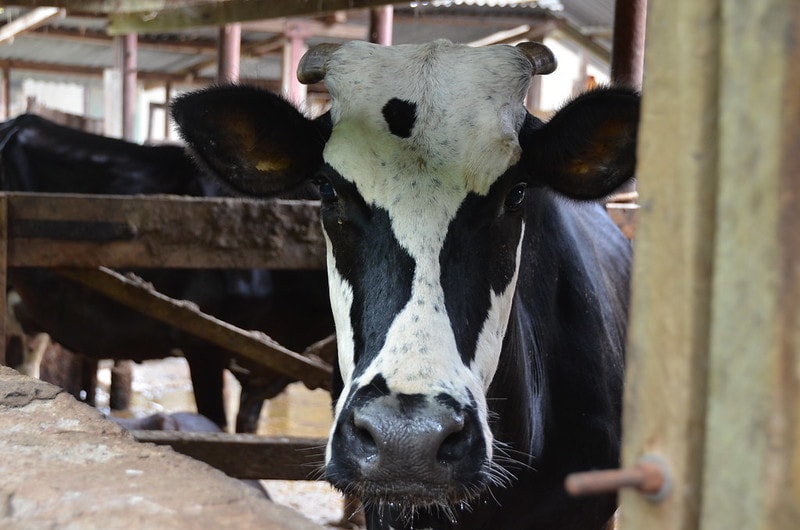
The vaccine uses an ‘infection-and-treatment’ method (ITM). Animals are inoculated with a cocktail of live virulent strains of the causative parasite, and a long-acting antibiotic to attenuate the ensuing infection. A single vaccination provides life-long immunity against East Coast fever.
The method is used today in Kenya, Malawi, Tanzania, and Uganda, where calf mortality due to East Coast fever has reduced by up to 95%. Efforts are now being directed at improving and scaling up production of the vaccine, to make it widely and cheaply available to the millions of livestock-dependent people across eastern, central and southern Africa, where the disease remains endemic.
In Kenya, Malawi, Tanzania, and Uganda, calf mortality due to East Coast fever has reduced by up to 95%
Vaccination has increased incomes for livestock-keeping households in various ways. Aside from avoided herd losses, milk sales have increased due to more productive cows, vaccinated bull calves have fetched higher market prices than non-vaccinated calves, and, in the pastoral sector, the vaccine has meant a higher number of yearling animals.
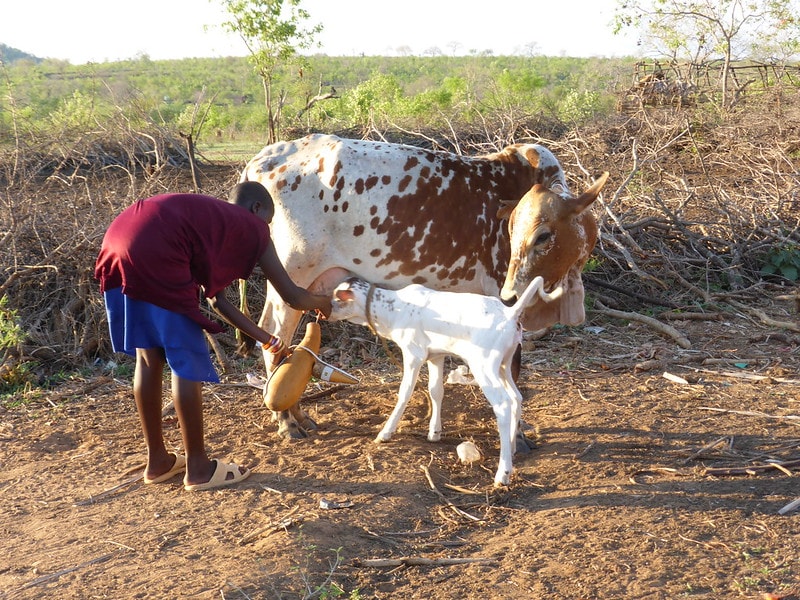
Incubators for agribusiness in dryland tropics
Incubators for agribusiness in dryland tropics
Start-up incubators have become a common concept in many industries, giving new businesses the help they need to get off the ground. But until 2003, the concept had never been applied in the agricultural sector – the main source of employment for the world’s poorest.
The Agri-Business Incubator (ABI-ICRISAT), founded in 2003 by CGIAR researchers at the International Crops Research Institute for the Semi-Arid Tropics (ICRISAT), was the first of its kind to offer help to small and medium agribusiness and agtech start-ups, with an emphasis on supporting jobs and livelihoods for dryland farmers and entrepreneurs.
Under one roof, ABI-ICRISAT offers tailor-made service packages for start-up businesses, including advice and resources relating to technology, business models, team development, market connections, field trials, and more.
 Demonstration of machines as part of the launch ceremony of a Youth Business Incubation unit in Mali. Photo by A. Diama/ICRISAT
Demonstration of machines as part of the launch ceremony of a Youth Business Incubation unit in Mali. Photo by A. Diama/ICRISAT
79 of the 105 agribusiness and agtech start-ups supported by the original ABI-ICRISAT have graduated to become successful businesses.
These businesses have generated more than 2,500 jobs and cultivated an ecosystem of more than 40 partners as services providers, investors, and more.
The model has been scaled up through a unique co-business incubation approach, which involves mentoring for institutional leaders, development sector partners, and incubator management teams. It has been deployed across India and Africa to help new businesses grow and make use of new technologies – in order to create jobs, support livelihoods and end poverty for dryland farmers.
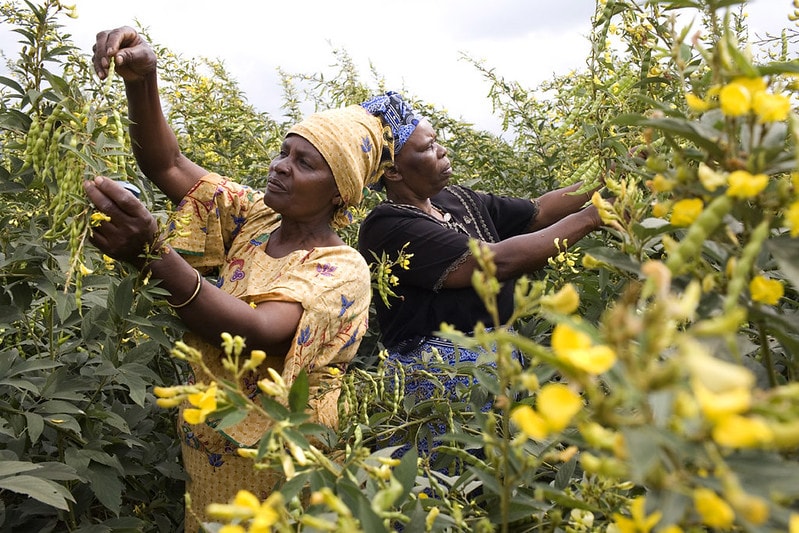
In Africa:
6 more incubators have been established in 5 countries.
These have supported 294 enterprises and generated 4,665 jobs.
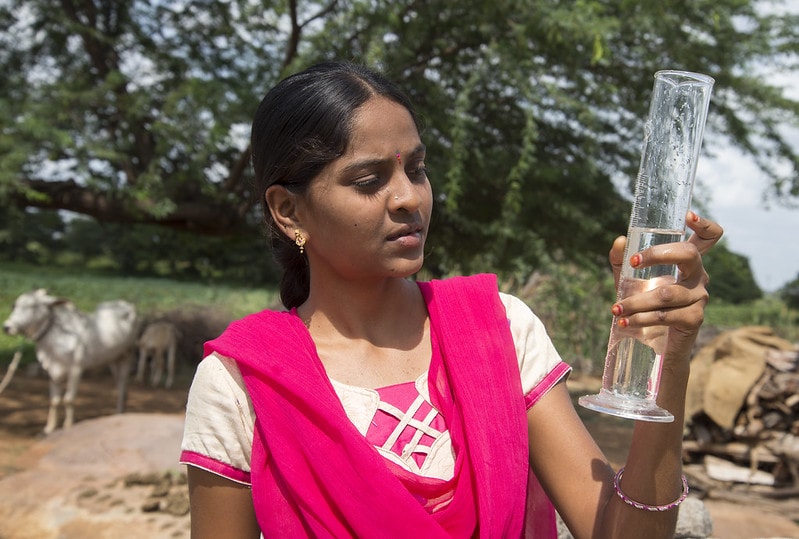
In India:
22 more incubators have been established.
These have supported the development of 1,218 enterprises and 331 agro-technologies.
More than 3.1 million farmers have used incubator products and services in the past year.
Capacity development and training curricula for farmers and scientists
Capacity development and training curricula for farmers and scientists
Education is key to a brighter future. For more than 50 years, CGIAR has worked with national partners to provide training and capacity development for farmers, scientists, and others, helping to create jobs, support livelihoods, and reduce global poverty.
For decades, CGIAR research has attracted some of the world’s brightest minds looking to solve some of its biggest problems.
The development of high-yielding rice varieties in the 1960s by the International Rice Research Institute (IRRI) – which a decade later became a founding member of CGIAR – transformed global rice production, and helped prevent widespread famine. National agricultural research and extension systems around the world sent their scientists to IRRI to study, and bring back what they learned. Many of these scholars have gone on to become leading scientists and agricultural policymakers.
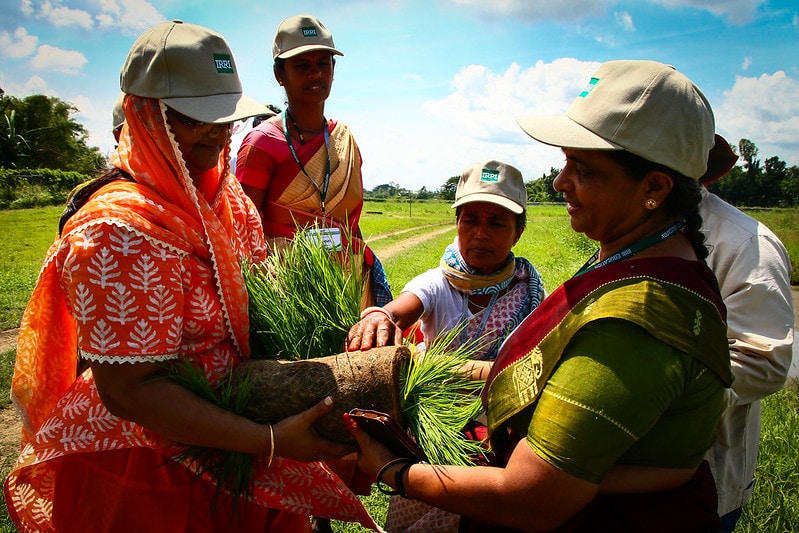
Since 1962, IRRI Education (originally the IRRI Training Center), the official educational arm of the institute, has offered coursework, higher education, and capacity development advisory opportunities, based on cutting-edge research. The IRRI Training Center was renamed and launched as IRRI Education in 2017, in partnership with the Asian Development Bank.
Its customizable courses go beyond scientific knowledge and skills to provide executive and leadership education, exploring the complexities of agri-food systems, trade and markets, climate change adaptation and mitigation, social equity, and entrepreneurship development programs.
In 2019, a hub for IRRI Education was set up at the IRRI South Asia Regional Centre in Varanasi, India, with a specific focus on education and capacity development support for South Asia and Africa.
To date, IRRI, through its various research platforms and IRRI Education, has provided high-quality education and training to more than 300,000 people from more than 126 countries around the world, and continues to host more than 300 scholars annually.
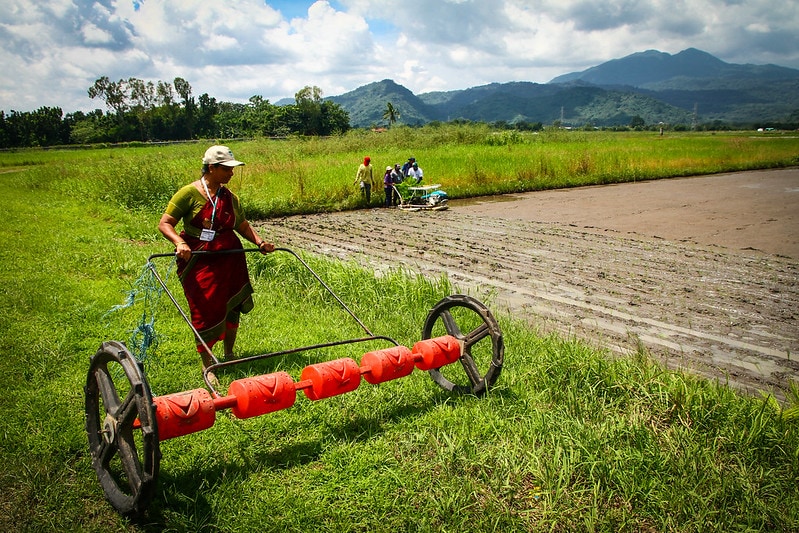
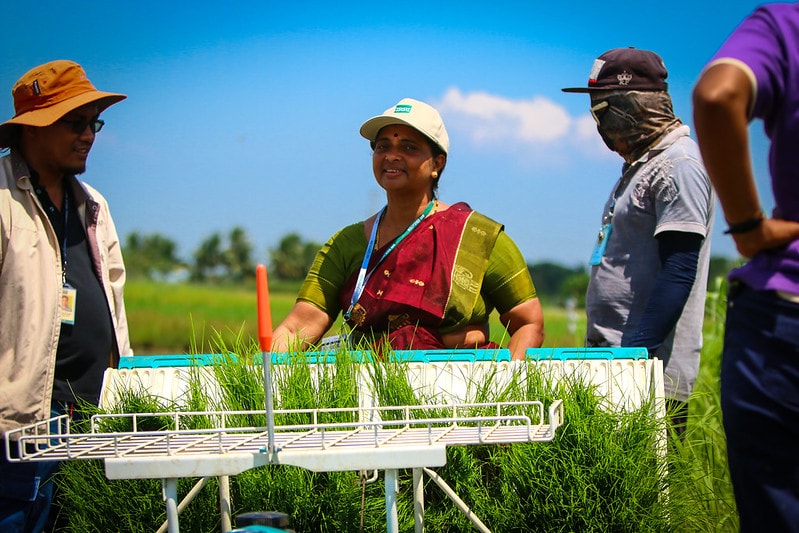
Training farmers
Another innovative approach has come through CGIAR’s International Potato Center (CIP), with its Farmer Business School initiative.
For many farmers, limited business skills and ineffective farmer organizations are some of the key constraints to engaging with markets and securing a brighter future.
The Farmer Business School approach, developed by CGIAR researchers at CIP, aims to make farm businesses more profitable by introducing the latest innovations in marketing, enterprise, and pre- and post-harvest technologies. Farmers are supported to work together and make networks that can ultimately create jobs, support livelihoods, and reduce poverty.
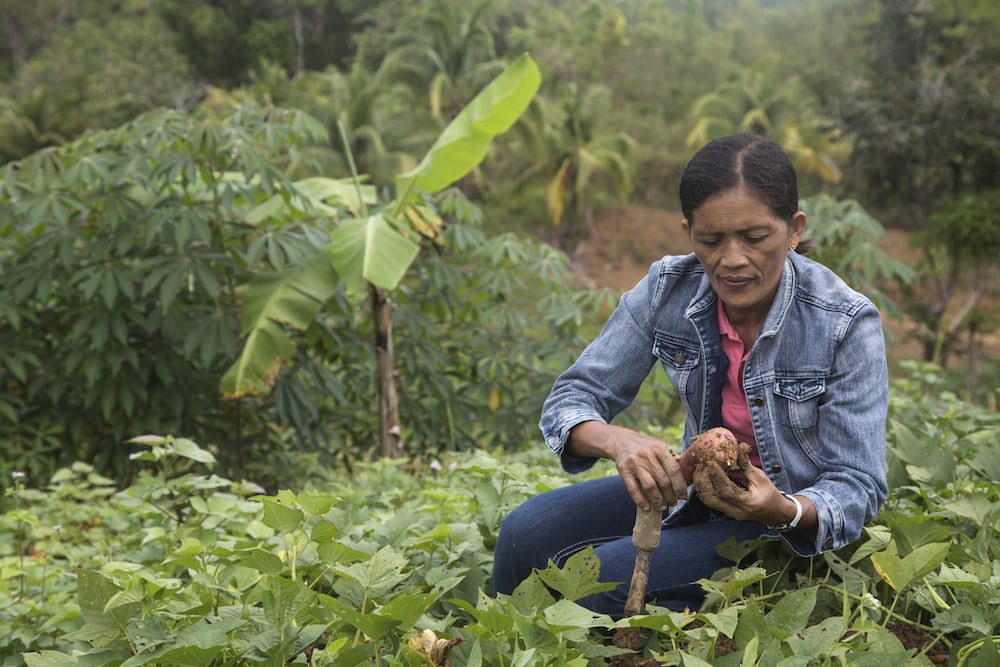
Through a series of group-based sessions over a period of 8 to 10 months, farmers learn to assess market opportunities and develop new products and businesses. Many graduates have gone on to start a new micro or small enterprise, or strengthen their existing business after their training.
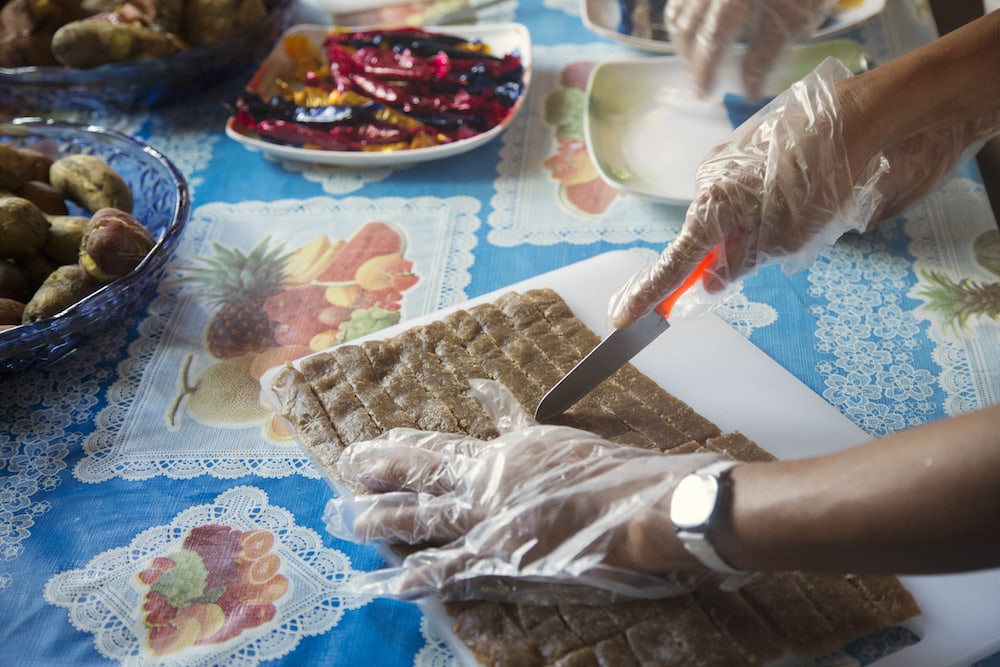
Farmers have joined the schools in Indonesia, the Philippines, India, Bolivia, Peru, and Vietnam, with support from national partners, the International Fund for Agricultural Development (IFAD) and CGIAR colleagues at the International Center for Tropical Agriculture (CIAT, now the Alliance of Bioversity International and CIAT).
There has so far been a total of 147 Farmer Business School programs involving 3,874 farmers, supporting them to achieve sustainable livelihoods.
To promote even wider adoption of the approach, CIP is currently developing an e-learning course for Farmer Business School facilitators, with funding from the CGIAR Research Program on Policies, Institutions and Markets (PIM). The course will be hosted by the Food Security Portal E-learning platform.
Volunteer Farmer Trainers as agents of change
Volunteer Farmer Trainers as agents of change
With access to the latest information, knowledge, and advice on agricultural practices, many smallholders could substantially improve their incomes and livelihoods. The challenge is getting that information to where it is needed most.
CGIAR researchers and partners found success in getting the latest findings to the field via the Volunteer Farmer Trainers project, whereby local farmers were trained by extension workers to share practical knowledge and methods with others in their communities.
While it was not the first to use this approach, the project was among the first to rigorously assess its effectiveness across different countries and contexts, and identify ways to improve it. The project also demonstrated that farmers as trainers can be successful agents of change, including for better livelihoods.
The research was led by CGIAR researchers at the World Agroforestry Centre (now merged with the Center for International Forestry Research as CIFOR-ICRAF) and the International Livestock Research Institute (ILRI), with support from the CGIAR Research Program on Policies, Institutions and Markets (PIM) and other partners in East Africa and Europe.
Local farmers volunteered to undergo training by extension staff, and then in turn trained other farmers and shared what they had learned. They were supported to host demonstration plots and share the latest information on improved agricultural practices within their communities.
By 2019, as many as 87 organizations had been part of, or had learned from, the research in East Africa (in Kenya, Tanzania, Rwanda, and Uganda). They had recruited more than 19,000 volunteer farmer trainers, serving about 383,000 farmers.
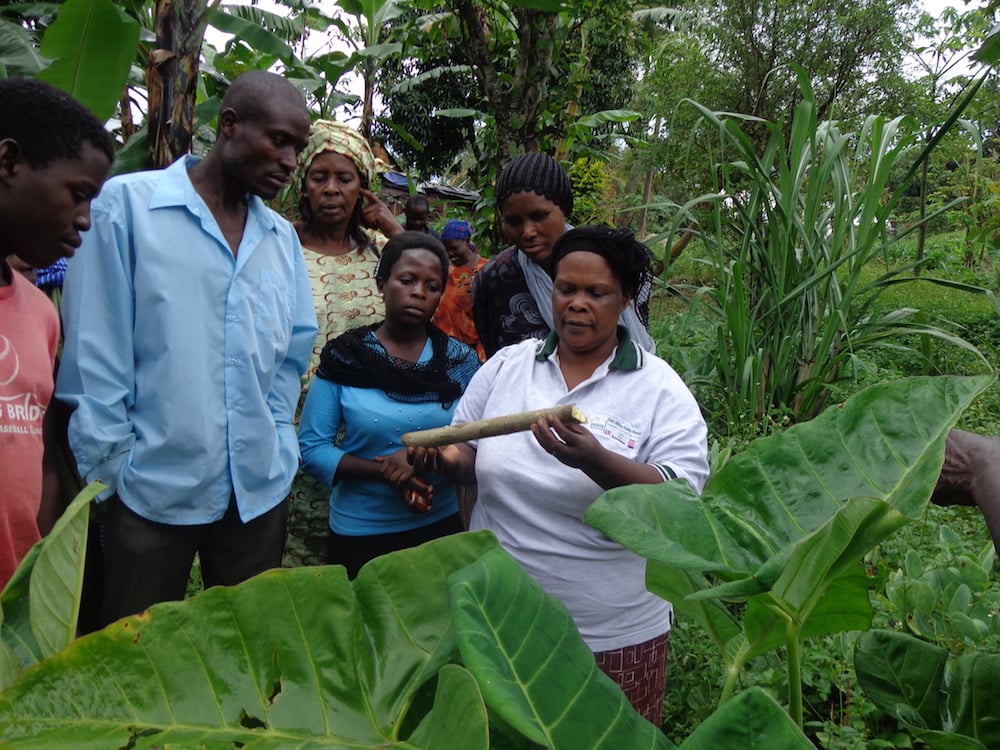
The volunteer farmer trainers were found to be highly effective, training on average 20 farmers per month. As local farmers themselves, they were well-suited to the role – they had in-depth knowledge of local conditions, culture, and practices, lived in the community, spoke the local language, and were able to instill confidence in their fellow farmers.
The approach has been successful in increasing the number of women involved in and benefiting from extension activities, has shown high potential as a low-cost method of climate-smart agriculture, and has proved to be sustainable in the long term, continuing to have impact beyond the scope of the project.
An impact evaluation in a dairy project in Uganda demonstrated that two years after the original training, farmers with improved, cross-bred dairy cows in villages with volunteer trainers had increased adoption of improved feeding practices, resulting in higher milk production, compared to farmers in villages without trainers.
The approach has been adopted into policy by the Governments of Uganda and Rwanda, indicating even further impact for productivity and livelihoods. In Rwanda, the farmer-to-farmer approach was adopted on a national scale from 2012-2016 with the recruitment and training of 14,200 “farmer promoters”.
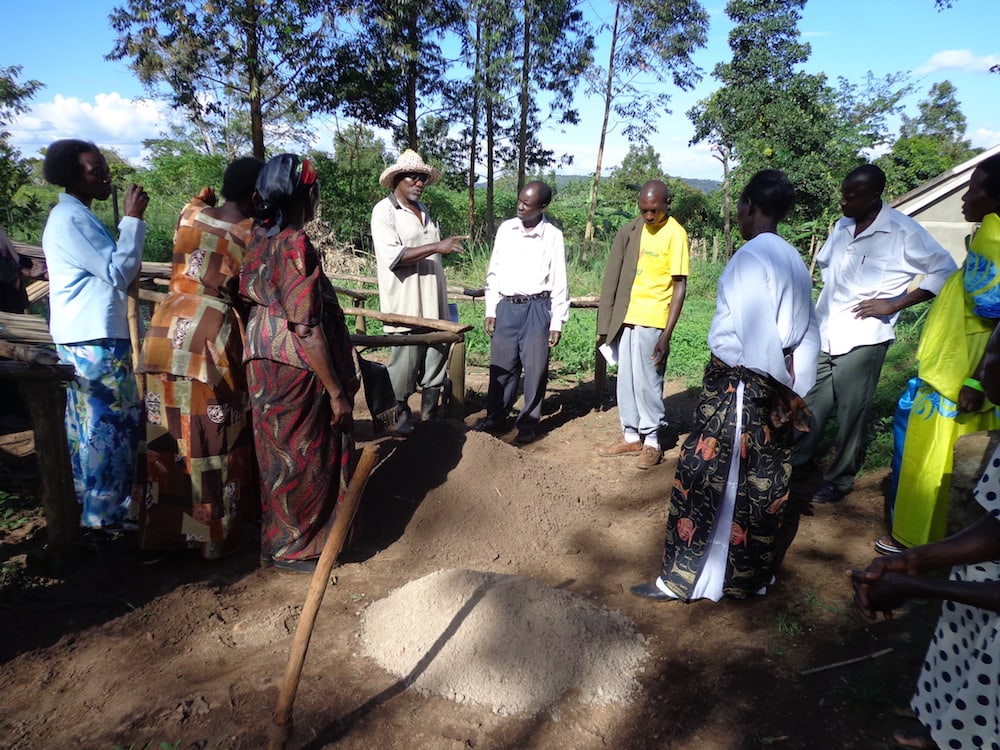
-

Community-based sheep and goat breeding
active: 2009 to present


Community-based sheep and goat breeding
Community-based sheep and goat breeding
For poor households with small flocks of sheep and goats, modern livestock breeding methods – such as genetic improvement and advanced management techniques – are often unsuitable, and are not a practical way to increase incomes.
A more sustainable alternative has been found in community-based breeding programs, developed by CGIAR researchers at the International Center for Agricultural Research in the Dry Areas (ICARDA) and the CGIAR Research Program on Livestock (LIVESTOCK).
Tailor-made to smallholder conditions, community-based breeding increases the productivity and profitability of indigenous breeds without undermining their resilience and genetic integrity, and without expensive interventions. The approach is participatory, relatively cheap, and implemented directly by farmers.
– Farmers are trained to improve selection methods (such as by retaining fast-growing ram lambs for breeding, rather than selling them).
– Community flocks are pooled to enlarge the gene pool from which breeding sires can be selected.
– A recording system monitors the performance of individual animals, leading to continuous genetic improvement.
– Farmer-scientist interactions enable evaluation of different breeding options and informed decisions on flock management.
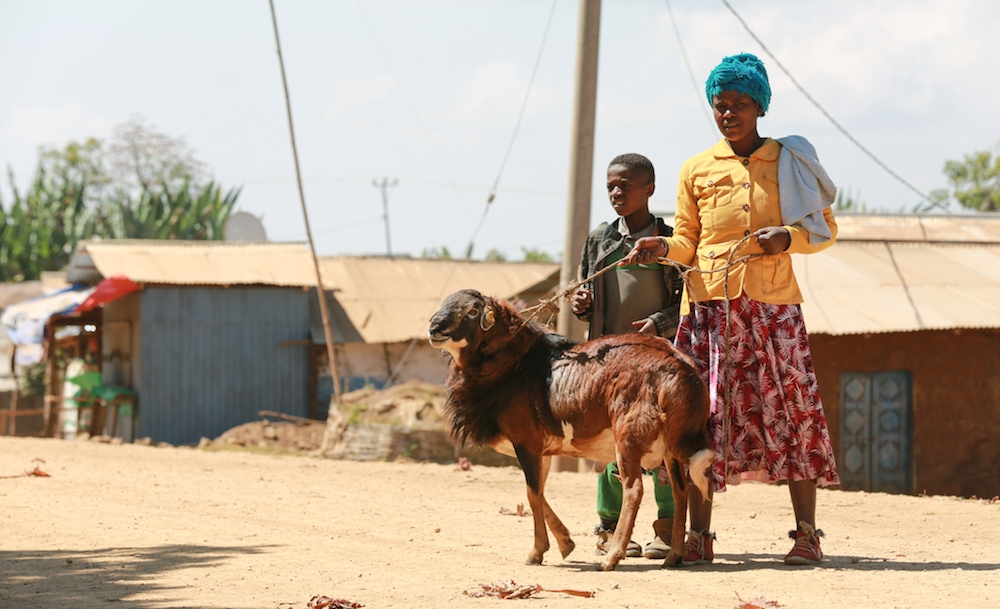
In Ethiopia, the approach has increased incomes by an average of 20% for as many as 5,000 households.
Farmers have established 40 formal breeders’ cooperatives – which have been able to build capital from investments, including the buying of rams and bucks. One cooperative in southwest Ethiopia has generated around $96,000 in capital, part of which is being used to invest in community improvement projects.
Successes of the community-based breeding approach have now been integrated into the country’s national livestock plan.
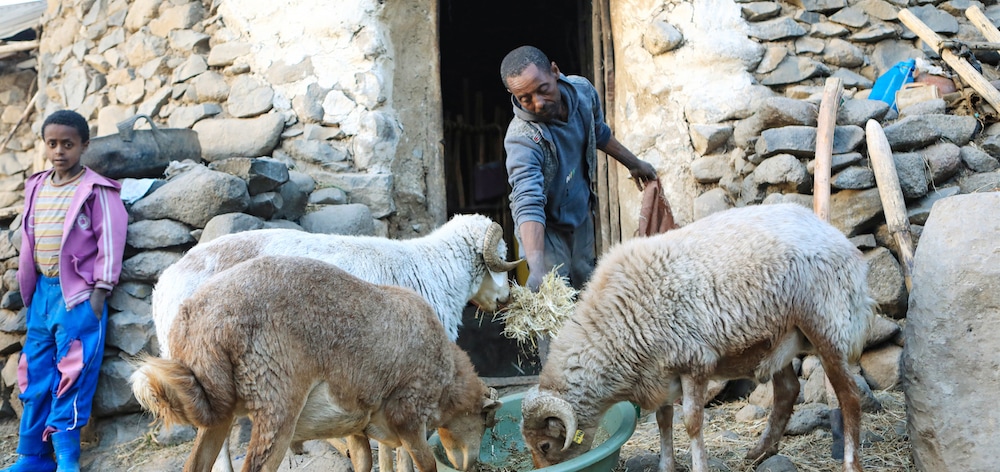
-

Volunteer Farmer Trainers as agents of change
active: 2010 to 2020



-

New rice for Africa
active: 1992 to 2005



New rice for Africa
New rice for Africa
In sub-Saharan Africa, many of the poorest rice farmers depend on low-yielding local varieties that can grow without standing water in rainfed upland ecosystems. In contrast, Asian varieties produce much more grain, but require fields to be flooded for planting.
In 1992, CGIAR researchers at AfricaRice decided to attempt crossing the two cultivated species, with hopes of producing a new type of rice that could combine the high yield potential of Asian rice (Oryza sativa) with the local adaptation strengths of African rice (O. glaberrima). The result was called NERICA – New Rice for Africa – and was the first wide-scale success in crossing the two species.
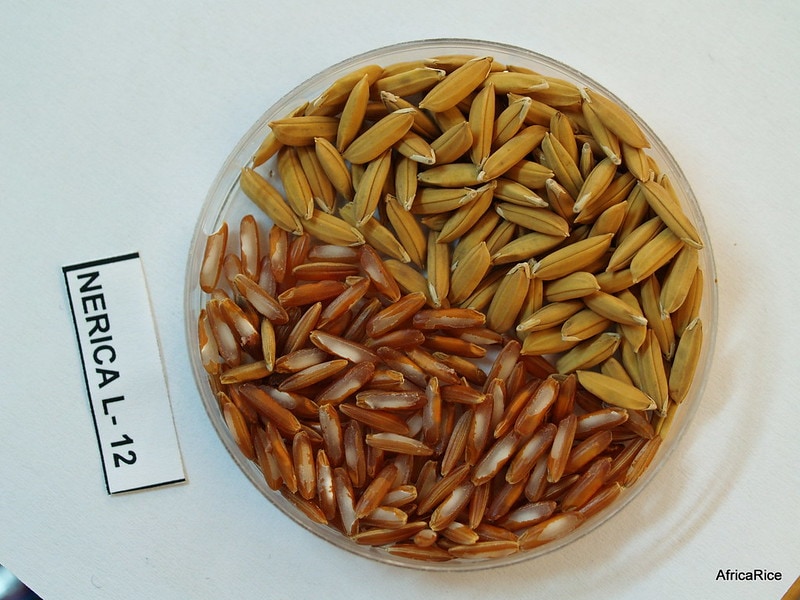
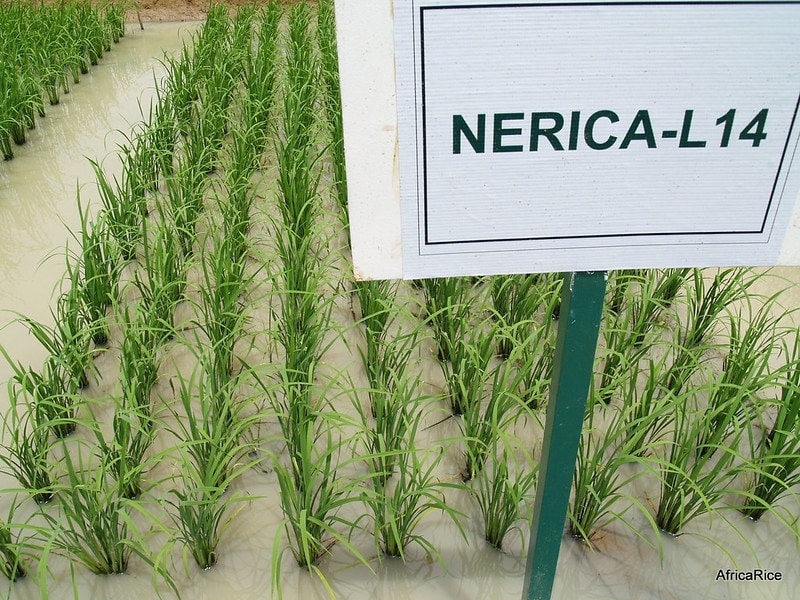
There are now 82 NERICA varieties:
18 upland NERICAs
60 lowland NERICAs
4 irrigated NERICAs
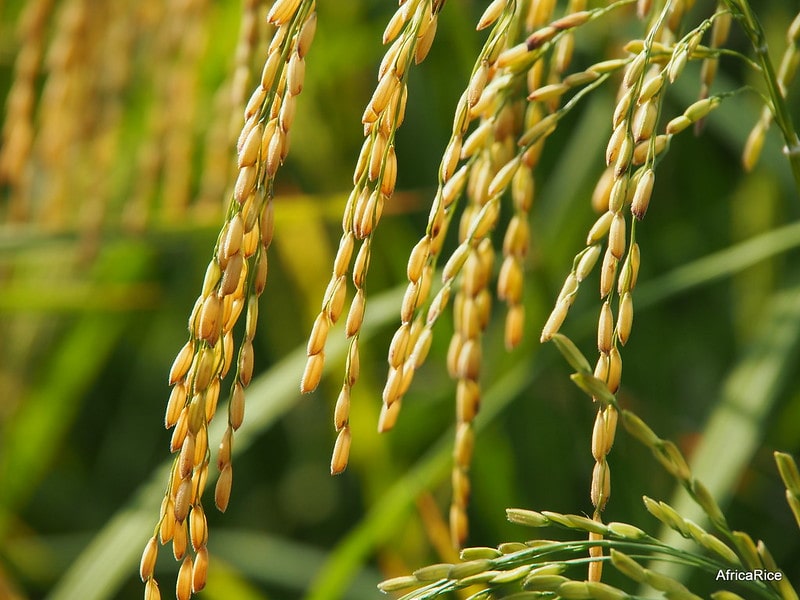
The researchers’ success in overcoming hybrid sterility barriers and producing grain with the desired combination of traits was a major scientific breakthrough in rice improvement. The work on NERICA earned AfricaRice several international awards, including the World Food Prize in 2004 which was awarded to Dr Monty Jones, a senior rice breeder at AfricaRice.
The new hybrid was also a success for poverty reduction.
An impact study in 2017 showed that the adoption of NERICA varieties brought food security to 7.2 million people and lifted about 8 million people out of poverty in 16 African countries.
NERICA varieties are now planted on about 1.4 million hectares in sub-Saharan Africa, bringing hope for sustainable livelihoods for the region’s rice farmers.
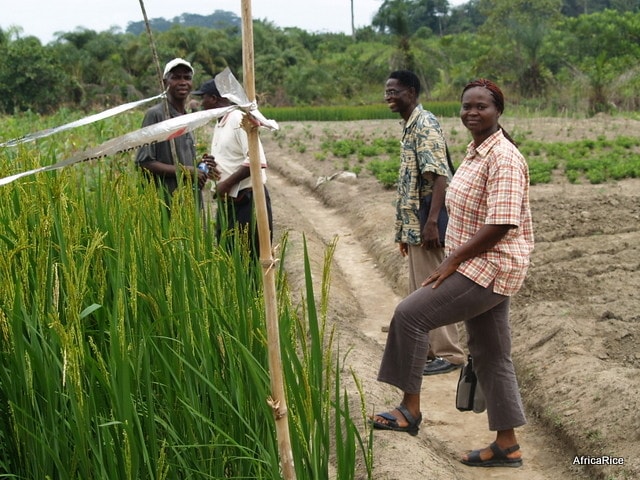
-

Community-based sheep and goat breeding
active: 2009 to present




